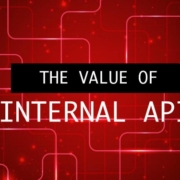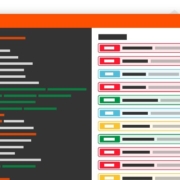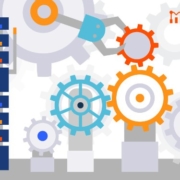Internal APIs are designed primarily to streamline software development and simplify systems and operational processes. These currently represent the vast majority of use cases.
Internal APIs are often overlooked since they are aimed at in-house developers. These types of APIs generally work with proprietary data specific to a company and its departments. Although this data must be protected, it must also be accessible to those who work with it. Internal APIs allow for exactly this kind of secure access, creating more efficient development cycles for their products.






